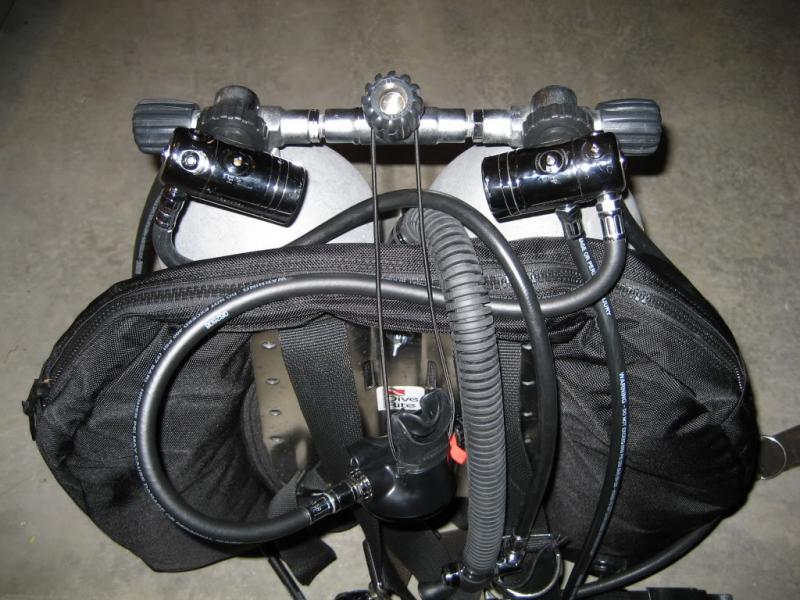Fellow Brewing Divers
lend me your brewbrains.
I learned the hard way when I 1st started diving. I had the overpriced snorkel and cool new BCD and aluminum 80. It took me a couple years to switch up my gear to DIR. Simplifying but retaining the essential requirements that will last a lifetime.
.
Examples: I dont want to buy a air integrated computer when a Brass SPG is just fine and is more reliable. (does this apply to standard thermometer over digital?)
Are there DIR equipment essentials for the Homebrewer? I do not want to re-buy the better brew gear later.
Did I open a can of worms?
Thanks Lil_Mac

I learned the hard way when I 1st started diving. I had the overpriced snorkel and cool new BCD and aluminum 80. It took me a couple years to switch up my gear to DIR. Simplifying but retaining the essential requirements that will last a lifetime.
.
Examples: I dont want to buy a air integrated computer when a Brass SPG is just fine and is more reliable. (does this apply to standard thermometer over digital?)
Are there DIR equipment essentials for the Homebrewer? I do not want to re-buy the better brew gear later.
Did I open a can of worms?
Thanks Lil_Mac


























































![Craft A Brew - Safale S-04 Dry Yeast - Fermentis - English Ale Dry Yeast - For English and American Ales and Hard Apple Ciders - Ingredients for Home Brewing - Beer Making Supplies - [1 Pack]](https://m.media-amazon.com/images/I/41fVGNh6JfL._SL500_.jpg)
